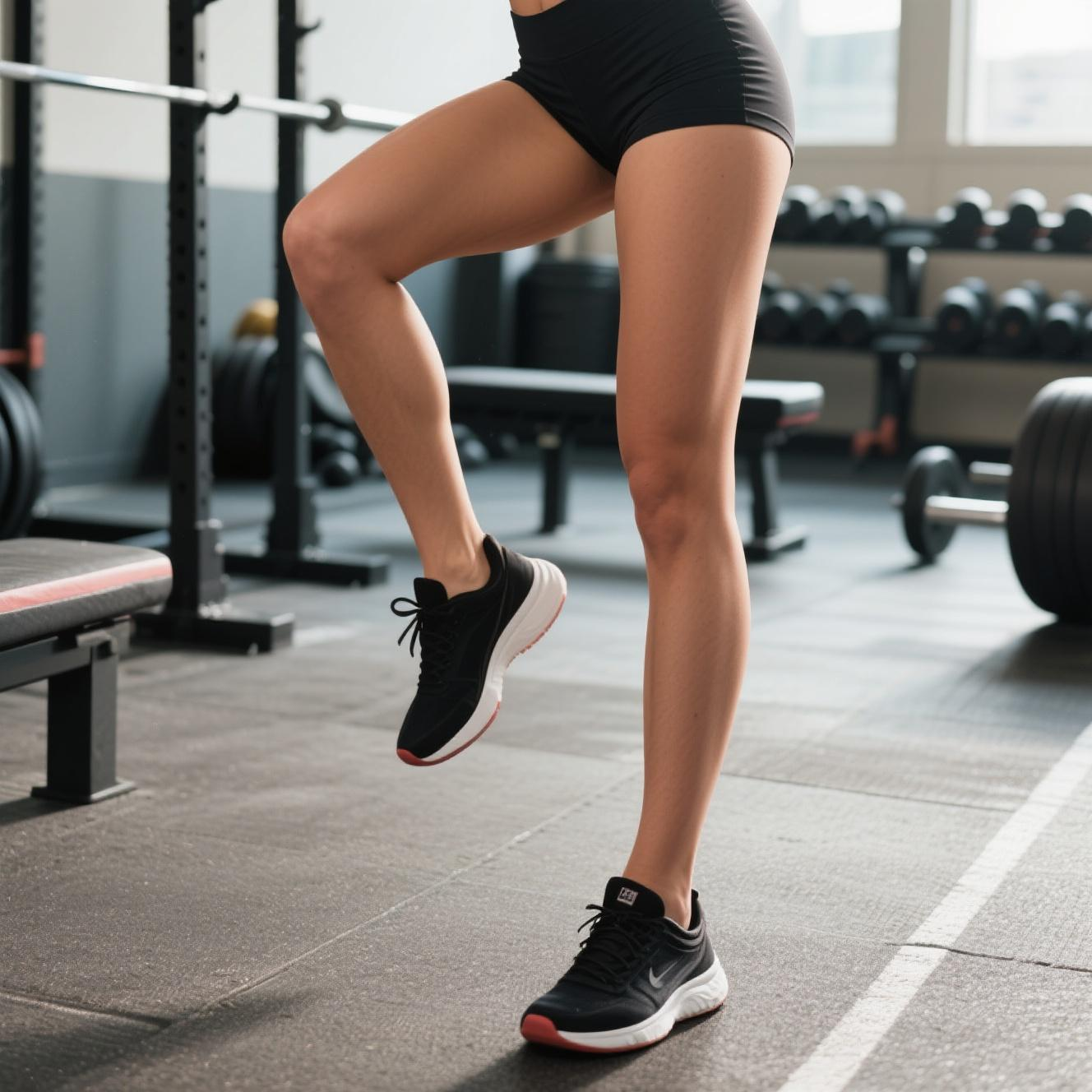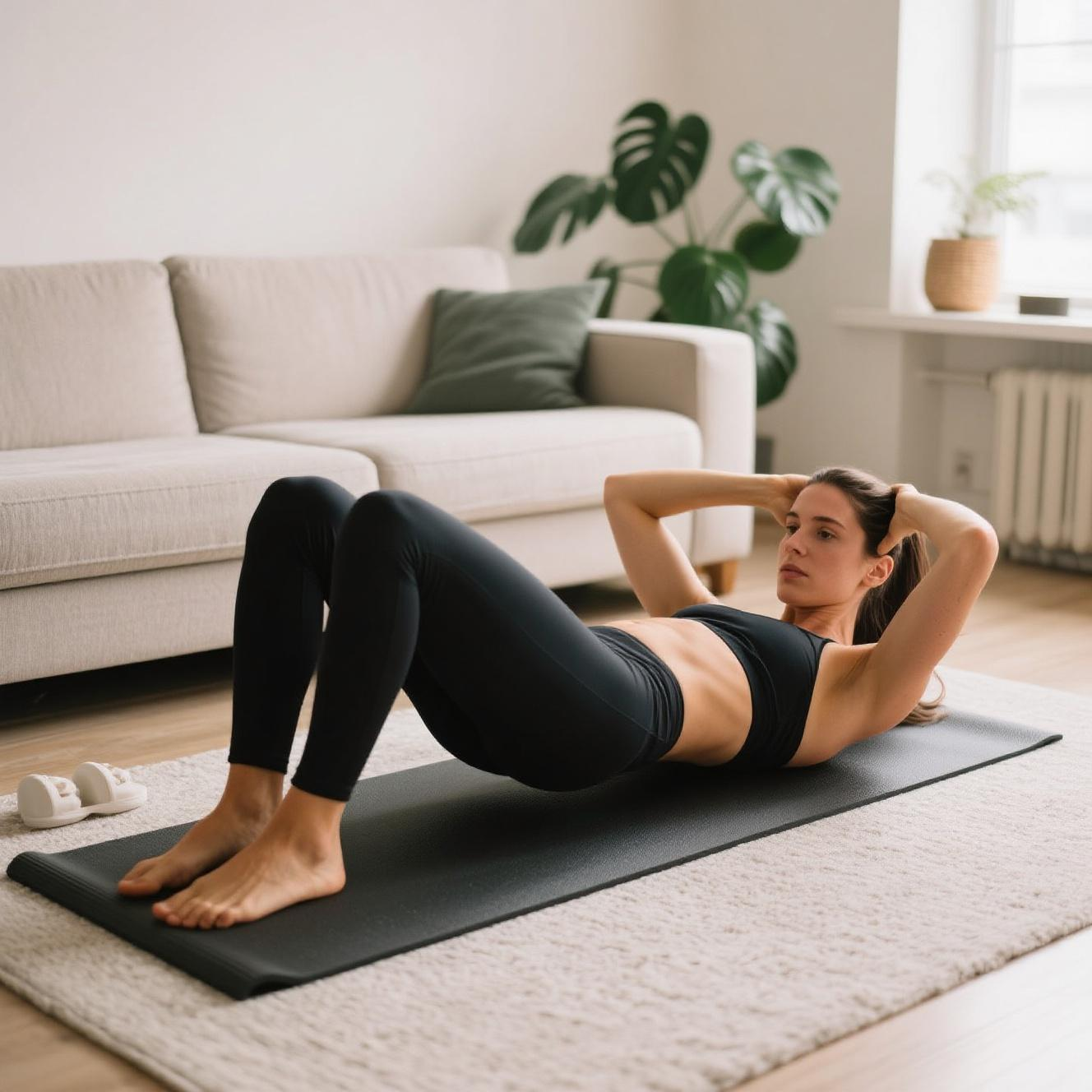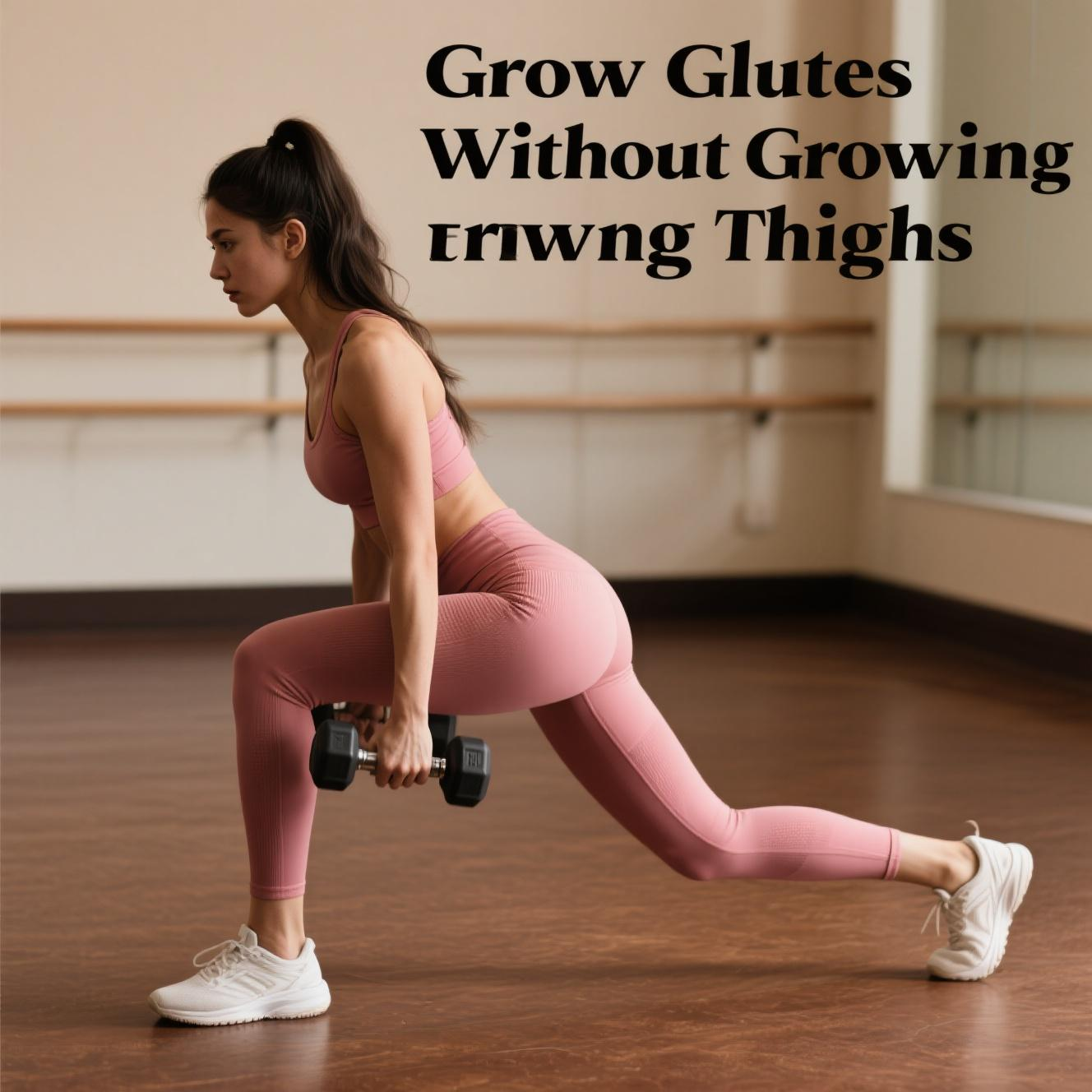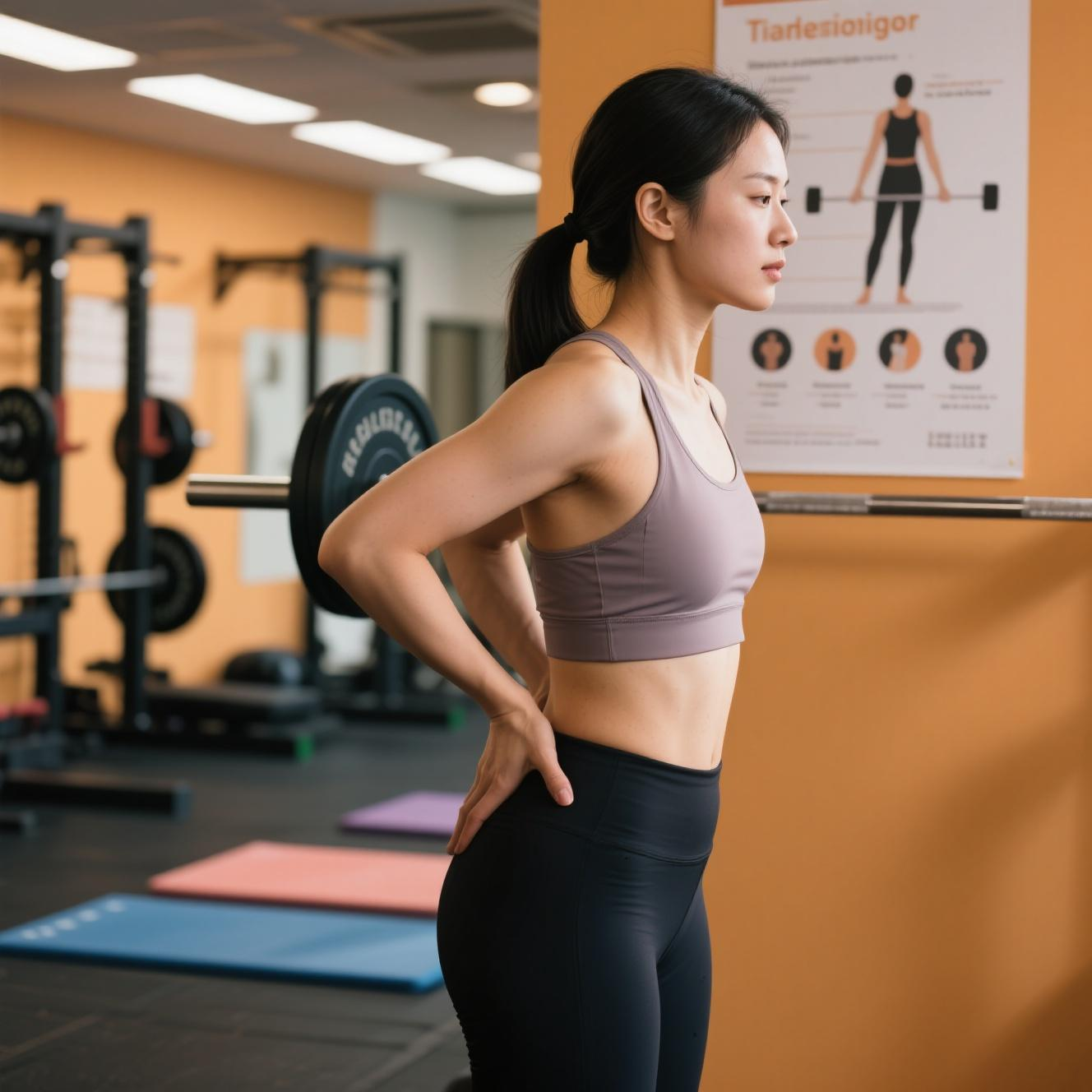Every woman who has ever stood in front of a mirror in leggings has, at some point, imagined what it might feel like to have leaner, more toned legs. That feeling of gliding through the day with light, strong legs—not just for looks, but for the way they carry you—gracefully, powerfully, effortlessly. The pursuit of slim legs, however, is often tangled in a web of fitness myths, viral fads, and endless squats that don’t always deliver what they promise.
Maria, a 29-year-old event planner, spent over a year doing HIIT workouts and stair sprints because a YouTube trainer promised it would “torch inner thigh fat.” She was drenched in sweat most days and restricted carbs to almost nothing, yet her legs stayed the same shape—if not a little more bloated. “I kept thinking maybe it was just genetics or that I wasn’t doing enough,” she confessed, frustrated. But her story reflects something deeper: that the path to sculpted, lean legs isn’t about doing more—it’s about doing better, smarter, and with more understanding of your unique body.
One of the most common misconceptions is that leg fat can be spot reduced. The fitness industry, particularly on social media, often markets targeted workouts as the magical solution to inner thigh fat or “hip dips.” But physiologically, fat loss doesn’t work that way. Your body decides where it loses fat first, based on genetics, hormones, and overall body composition. You might be doing all the right leg exercises, but if your overall body fat percentage remains high, the definition won’t show.
That doesn’t mean leg workouts aren’t useful—on the contrary, strength training for your lower body is one of the best ways to stimulate fat-burning hormones, improve insulin sensitivity, and build muscle tone. But when your goal is to achieve leaner legs, you need to approach your routine as a full-body strategy with focused elements. It’s not just about lunges—it’s about the way you eat, the way you move daily, and how you recover 🧘♀️.
Many women make the mistake of overtraining their legs with high-rep, low-weight exercises, thinking it will lead to a leaner look. But the muscle-building stimulus isn’t strong enough to create meaningful change, and the repetition can lead to inflammation or water retention—especially around the thighs and knees. This is something Emily, a 35-year-old ballet instructor, learned the hard way. She used to do five sets of inner thigh pulses every evening, hoping to trim the area. “I just felt puffier and sorer,” she said, until she switched to heavier compound movements like deadlifts and step-ups. “I stopped chasing the burn and focused on strength, and ironically, that’s when my legs started to look tighter.”
Nutrition plays a massive, often underestimated, role in how your legs look and feel. Sodium-heavy processed foods can cause water retention, especially in the lower body. Sugar and refined carbs spike insulin, a fat-storage hormone that can encourage fat retention in estrogen-sensitive areas like the hips and thighs. The idea isn’t to fear carbs or eat like a rabbit—it’s about choosing foods that fuel performance and reduce inflammation. Think lean proteins, healthy fats, fiber-rich vegetables, and slow-digesting carbs like sweet potatoes or quinoa. When you’re nourished, your workouts improve, and your body is more likely to release stored fat—yes, even from your legs 🍠.
Cardio is often seen as the holy grail for slimming down, but when used excessively or without strength training, it can strip the body of both fat and muscle. This is particularly true for women who rely solely on running or spinning, expecting dramatic changes in their lower body. Cardio helps create a calorie deficit, sure—but muscle defines shape. Without muscle, legs can appear softer, even if they’re smaller. Caroline, a 41-year-old nurse, had been jogging five days a week for months and found that her legs felt more tired than toned. When she introduced resistance bands and progressive overload training, her quads and hamstrings began to firm up, and she felt more agile at work—less aching after 12-hour shifts.
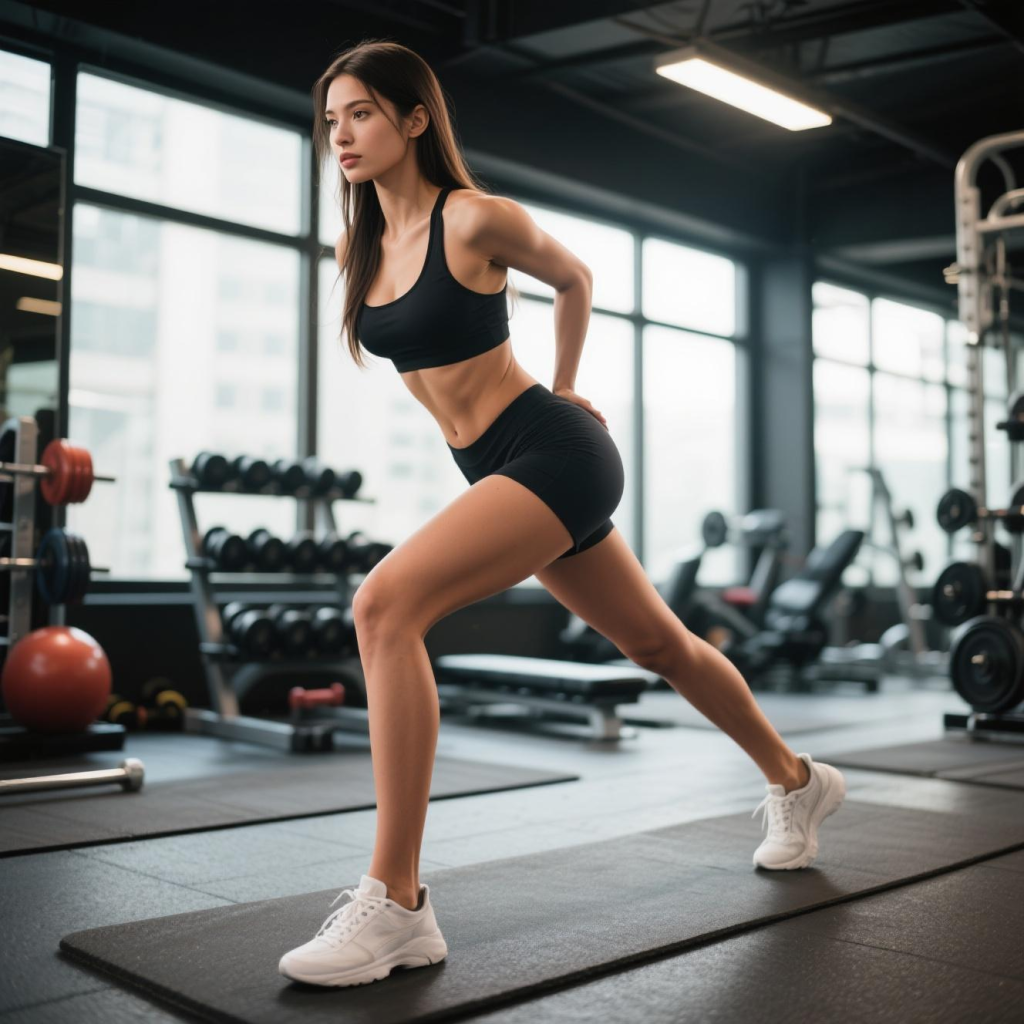
Hormones also play a deeply significant role in where fat is stored and how easily it is lost. Estrogen dominance, common in women of reproductive age or during perimenopause, often leads to stubborn fat around the thighs and glutes. Addressing this doesn’t mean drastic hormone treatments—it could be as simple as increasing fiber to support estrogen clearance, reducing stress to balance cortisol, and sleeping more consistently. When Amy, a busy entrepreneur, started going to bed earlier and added flaxseed to her morning smoothies, she noticed not only less bloating in her legs but better mood and fewer PMS symptoms. Sometimes, slimming your legs starts with softening your schedule 💤.
Another often overlooked component is posture and daily movement. Many women spend long hours sitting—at a desk, in the car, at dinner—and then expect a 45-minute workout to undo it. But sedentary time reduces circulation, tightens hip flexors, and weakens glutes, creating what some trainers call “dead butt syndrome.” This affects how your body recruits muscles during movement, leading to compensation and sometimes even bulk in areas you didn’t expect, like the outer thighs. Integrating more walking, standing breaks, and even simple glute activation drills throughout the day can help create a more balanced, functional lower body. Your legs don’t only change in the gym—they change with every step you take 🚶♀️.
It’s also important to talk about water retention and inflammation, especially when trying to slim the legs. Many women misinterpret puffiness as fat. That time of the month, excess alcohol, salty takeout, or even a hard workout can lead to temporary swelling. If you wake up feeling heavier or see slight swelling around the knees or calves, don’t panic. Rehydrating, moving gently, and waiting a day or two often resets things. Sofia, who struggled with body image during her fitness journey, kept a journal to track these fluctuations. “Seeing the patterns helped me stop obsessing over a single bad day,” she said. “Our bodies ebb and flow.”
One final trap that catches many is the chase for perfection. The idea that legs must be completely gap-free, cellulite-free, or Instagram-worthy to be considered lean. But the truth is, cellulite is normal—even elite athletes have it. And thighs that touch are not a flaw—they’re a reflection of your body type. What’s far more valuable than chasing a photo-edited ideal is building strong, resilient legs that help you move through life with ease. Anna, a hiker and mom of three, now proudly calls her legs “mountain legs” after years of feeling self-conscious about their size. “They carry me and my kids through life. That’s what matters.”
In the end, slimming your legs is about much more than a single exercise or diet trend. It’s about shifting how you see movement—not as punishment, but as care. It’s about choosing foods that support your energy, not shrink your joy. It’s about building strength, not just shedding weight. And most importantly, it’s about making peace with the legs you have while you work to feel stronger in them. Because whether you’re walking into a meeting, chasing after your kids, or dancing at a wedding—your legs are already doing beautiful things 💃.

